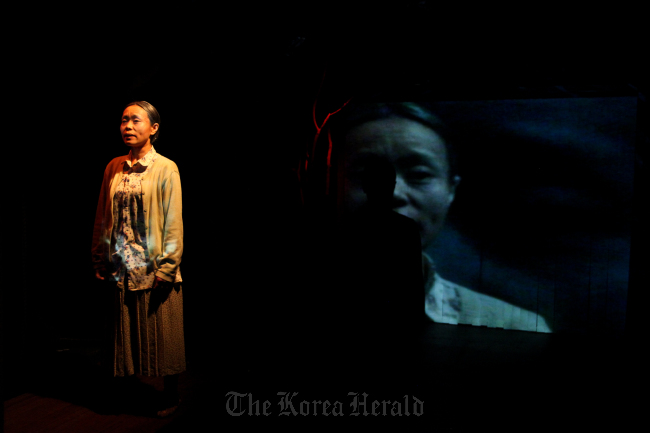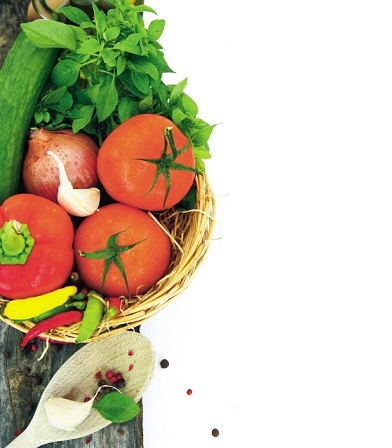Not mainstream yet, but vegetarian diet attracts health, environment-conscious eaters around the world.
Although, for we Indian vegetables are abundant and people enjoy platters made by colorful and healthy vegetables rather than red or white meats. “These
days, people know what vegetarianism is, one can call a Chinese
restaurant and ask for black bean sauce noodles with only onions and
sauce,“When one goes to a restaurant, one can ask for dishes
to be made without meat and people do not react negatively to such
requests.”
Yi also believes perceptions of vegetarians have shifted.
If
six to seven years ago vegetarians were seen as somewhat extreme, now,
in Yi’s opinion, vegetarians are seen in a positive light.
People, according to Yi, see vegetarians as healthy and environmentally conscious individuals.
The
positive attitude towards the vegetarian diet seems to be due, in part,
to Korea’s “well-being” and “healing” trends, both of which have fueled
societal interest in health.
“Among the masses, health is still
the biggest impetus behind interest in vegetarianism,” said cable
channel Olive team head Seo Won-ye. “I think people are interested in
vegetarianism for their own health, for dieting, for digestive reasons
or to change their physical constitution.”
Seo added that “people are very interested in vegetarianism and detoxification as a means of dieting.”
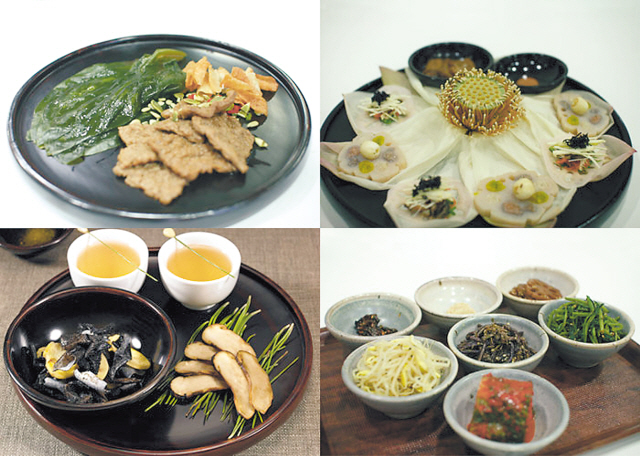 |
| Some of the vegetarian temple food dishes that are offered at Baru restaurants.(Baru) |
Though
the food channel does not devote entire programs to vegetarianism, Seo
said Olive plans to frequently address it in upcoming and new shows like
the revamped “Homemade Cook,” where doctors help provide recipes that
address various health concerns.
“Vegetarianism is not a minor
phenomenon,” Seo, 36, said over the phone. “We cannot help but touch
upon the subject more frequently.”
Indeed, Olive has addressed
vegetarianism most notably with “Lee Honey Vegan Recipe,” a segment of
its celebrity-fronted cooking program “Food Essay.”
When the
segment aired over a year ago, “people were familiar with the concept of
vegetarianism, but the lifestyle was not widespread,” said Seo.
“We
did our homework and discovered a lot of people were interested in
vegetarianism, so we focused on providing recipes for those just
starting out.”
The segment showcased pescetarian recipes and, according to Seo, the response was good.
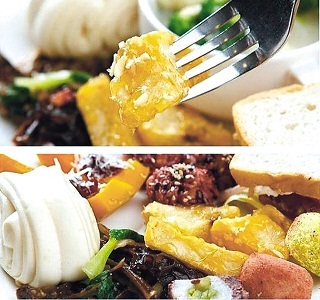
“Repeat airings were also well received, and the recipes were especially popular among women in their 20s and 30s.”
Recipes,
it appears, are important to practicing vegetarians in Korea.
Vegetarian magazine Begun also devotes a substantial number of pages to
recipes, partly to provide diverse eats for vegetarians who might be
bored with their current repertoire, said Yi.
Another reason
behind the focus on vegetarian-friendly recipes both on television and
in magazines like Begun might be because vegetarian, particularly vegan,
options are not the norm when eating out.
Yet, even though
vegetarian restaurants are not widespread and vegetarianism is not
mainstream, various signs point to its increased presence in South
Korean society.
In 2010, Seoul National University saw the successful launch of an on-campus vegetarian buffet.
Operated
by the Seoul National University Cooperative, an independent, nonprofit
corporation, the buffet was so popular that a second vegetarian locale
was opened last year.
According to SNU Co-op headquarters
director Lee Gyu-sun, the latest spot, a student restaurant where a
vegetarian menu is provided as one of four menu options, was chosen
because students wanted more access to meat-free meals.
Dongguk
University also has an on-campus vegetarian buffet that opened in 2011.
Operated by major food service company OURHOME, the buffet started off
in a small room.
“During the buffet’s pre-official launch, it was
hard to estimate how many would use it,” OURHOME manager Lee Sang-min
explained via email. “After the pre-launch, there was not enough space
for customers during peak hours so the buffet was moved to a larger
space.”
“Lots of students who are curious about vegetarian
cuisine and who are dieting or concerned about their health use the
buffet,” said Lee, pointing to the possibility that vegetarianism or
“flexitarianism,” otherwise known as semi-vegetarianism, might be
gaining serious momentum, particularly among those who are health
conscious.
According to Lee, this is OURHOME’s first and only
time operating a vegetarian buffet. But after the campus buffet opened,
other cafeteria operations have expressed interest in vegetarian
options, asking OURHOME about the menu, costs and average number of
customers.
Some might say that this is where
vegetarianism-at-large stands. People and businesses are curious about
it but view vegetarianism as unknown territory.
However, the
recent launch of a blind date event for vegetarians by matchmaking
agency Sunoo points to an alternative perspective on vegetarians as a
niche community on the rise.
Approximately four months ago,
Sunoo started holding blind date meetings once every two months for
vegetarians. To date there have been two events where eight to 10 women
were set up with the same number of men. The third event is slated for
mid-March.
According to Sunoo founder and CEO James Lee, eight people have already signed up for the upcoming meeting.
“Response has been great,” Lee, 47, said over the phone.
Lee
explained that a rise in the number of vegetarians starting three to
five years ago was an impetus behind Sunoo’s vegetarian blind dates.
The
agency’s decision to provide blind dates specifically for vegetarians
seems to signal that the vegetarian community has grown significantly.
When
vegetarian magazine Begun put out its first issue two years ago, there
were 40 regular subscribers and around 100 copies were sold at
bookstores in Korea. Now of the 1,200 copies printed, according to
publisher Yi, around 1,000 are sold. That means that within the past two
years, sales have gone up tenfold.
In fact, a pro-vegetarian
community seems to be growing, in keeping with current trends, in an
even more health-conscious direction.
VegeDoctor, an organization
of doctors whose purpose is to promote a vegetarian diet as a healthy
means of eating, was established nearly two years ago, and, according to
Yi, vegetarian mothers who want to raise their children on a meat-free
diet have built up a strong community through the Internet by sharing
research and data on what to feed their children.
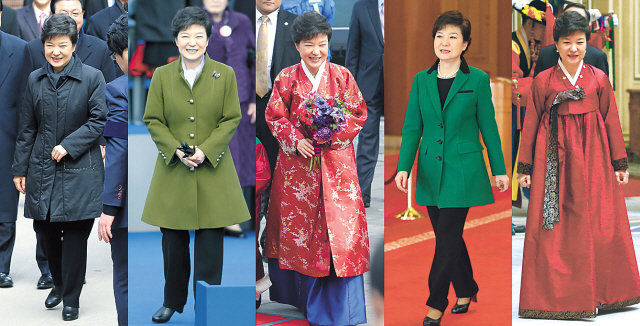 On her inauguration day, President Park Geun-hye was seen wearing five outfits.
On her inauguration day, President Park Geun-hye was seen wearing five outfits. 
